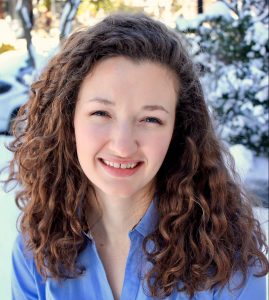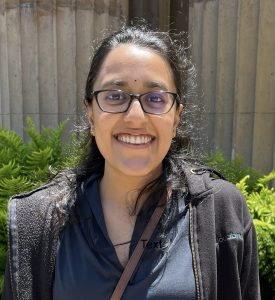
Brandon Lind
Postdoctoral Researcher, Department of Ecology and Evolutionary Biology
Lab: Jill Wegrzyn
PhD Conferral: 2018, Integrative Life Sciences, Virginia Commonwealth University
Research Interests: Genomics of local adaptation and predictive modeling.
My research aims to understand the genomics of adaptation relevant to population persistence under changing climates and increased stressors from pests, pathogens, and invasive species, and to build and assess computational models that project population performance in future environments. During my graduate work, I demonstrated the importance of managing adaptive variation in a keystone threatened forest tree, challenged forest management paradigms, analyzed invasion genomics of a non-native insect, and wrote a review on local adaptation genomics in trees. As a postdoc, I led research into ecological adaptations of key Canadian tree species, developed genetic resources, and analyzed data to understand adaptation to pathogens and climate. I also explored machine learning models for predicting species vulnerability to climate change. My work extended to evaluating climate vulnerability models using simulation data. At UConn, I am focussing on climate-induced changes in Arctic ecosystems as part of NSF's Evolving Meta-ecosystems (EVOME) Biology Integration Institute. We are currently assembling and annotating reference genomes for several key species important to arctic systems, including arctic grayling, the feltleaf willow, and several aquatic and terrestrial insects. Paired with common garden experiments and landscape genomic data, we will describe and contextualize the evolutionary history of these populations to integrate trait-based predictions into community models of trophic subsidies.

Michelle Neitzey
Postdoctoral Scholar, Department of Ecology and Evolutionary Biology
Lab: Jill Wegrzyn
PhD Conferral: 2025, Molecular and Cell Biology, University of Connecticut
Research Interests: Biodiversity; conservation; comparative genomics; marine genomics
My research has included sequencing, assembling, and analyzing reference genomes for species of environmental interest. These projects have included: the vulnerable and ancient Atlantic horseshoe crab, comparative deep-sea tubeworms, deep-sea coral across a chemical gradient, and the canker-riddled butternut tree.

Natalie Warsinger-Pepe
Postdoctoral Research Associate, Department of Molecular and Cell Biology
Lab: Stacey Hanlon
PhD Conferral: 2020, Molecular and Integrative Physiology, University of Michigan, Ann Arbor
Research Interests: Epigenetics
My work is focused on elucidating mechanisms of chromosome elimination. My work will include understanding why the supernumerary, non-essential B chromosomes are not maintained in male Drosophila melanogaster to elucidate why some drive mechanisms may evolve as female-drive versus male-drive. My postdoctoral training in Dr. Hanlon’s lab will broaden my molecular, cell biology, and genetics expertise to different techniques, widefield fluorescent microscopy, bioinformatics, and a novel system to study chromosome evolution. Developing these skills with the financial support of the NIH F32 will be invaluable for my success as an independent investigator to study the evolution of chromatin and chromosome dynamics during development.

Vidya Vuruputoor
Postdoctoral Scholar, Department of Ecology and Evolutionary Biology
Lab: Jill Wegerzyn
PhD Conferral: 2025, Ecology and Evolutionary Biology, University of Connecticut
Research Interests: Conservation Genomics
My research focuses on genome annotation, polyploidy, and conservation genomics. I've worked on a meta-analysis of benchmarking genome annotation of model and non-model plant genomes, highlighting the current challenges in plant genome annotation. I've worked with mosses that naturally exhibit apospory to understand the immediate transcriptomic effects of whole genome duplication (WGD), capturing repeat distribution and methylation profiles during WGD. Finally, I've worked on assembling and annotating the Eastern Hemlock genome, comparing gene expression and metabolite production between susceptible and tolerant hemlock individuals.